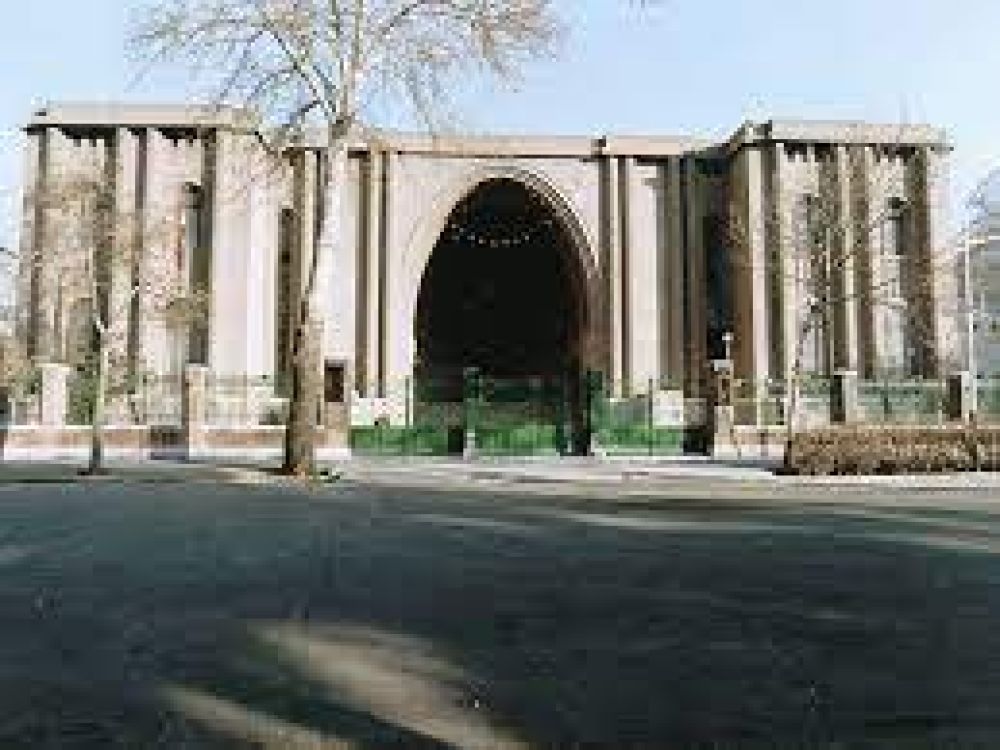

The National Museum of Iran, situated in Tehran, is the country’s most prominent museum that holds an extensive collection of artifacts and relics that date back to ancient Persia and represent Iran’s rich cultural heritage. This museum complex consists of two buildings: the Museum of Ancient Iran and the Museum of the Islamic Era, providing visitors with a deep dive into the country’s historical timeline, spanning prehistoric times to the contemporary Islamic period.
Since its inception in 1937, the museum has played a significant role in showcasing Iran's civilization and history to the world. It was designed by French architect Andre Godard, and its tourism appeal has grown over the years, particularly due to the unique treasures it houses, such as pottery, metal objects, and rare books and texts. Tourism peaked after the museum’s renovation and expansion in the 1970s, which greatly enhanced the visitor experience.
In more recent times, Iran’s tourism industry has undergone a significant transformation. Following years of international isolation, the country has seen an uptick in tourism thanks to easing visa regulations and a global interest in Iran’s cultural and historical offerings. This includes the UNESCO-listed sites and the contemporary arts and culture scene in Tehran.
The National Museum of Iran itself has taken part in this trend, with increased digital presence and virtual tours, and by hosting international exhibitions. In light of the global health challenges of the past few years, the museum has adapted by implementing safety protocols to ensure the well-being of visitors, which has allowed it to remain a top attraction for both domestic and international tourists.
Experiential tourism has also gained popularity, with visitors looking to engage more deeply with Iranian heritage through guided tours at the museum that include narrative contexts and interactive elements. These experiences often extend beyond the museum walls to the historical sites around Tehran and throughout Iran, building a comprehensive understanding of the country's extensive history and culture.
The future of tourism in Tehran, particularly concerning the National Museum of Iran, seems promising. Investments in infrastructure, including the development of the Tehran Metro and upgrades to the international airport, have made the city more accessible. Plans for the modernization and expansion of the museum itself are likely to draw more international visitors keen on exploring Iran's historical narrative, while simultaneously preserving its treasures for future generations.